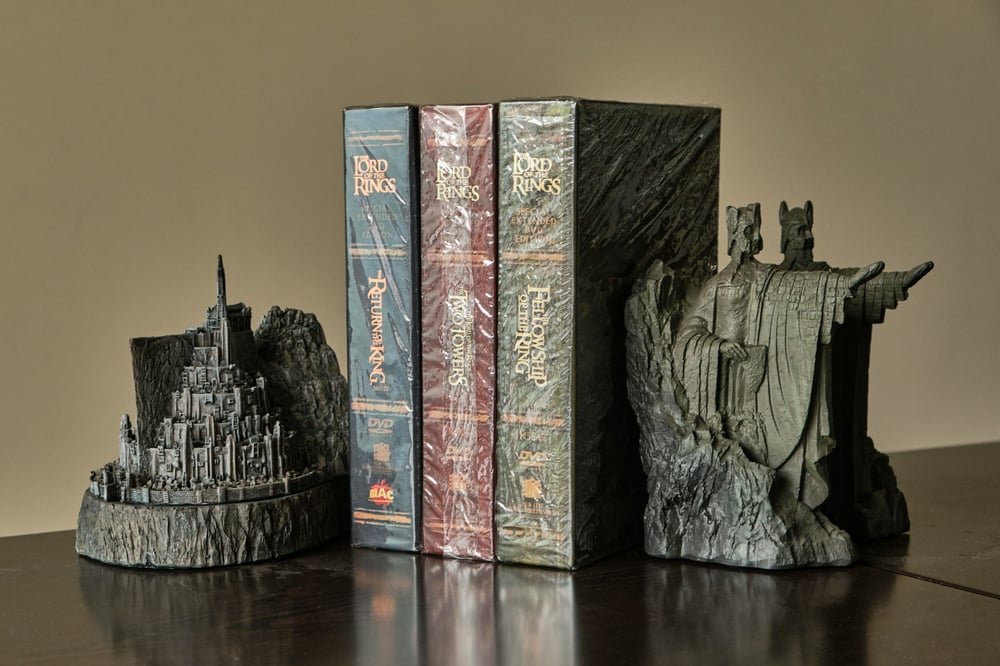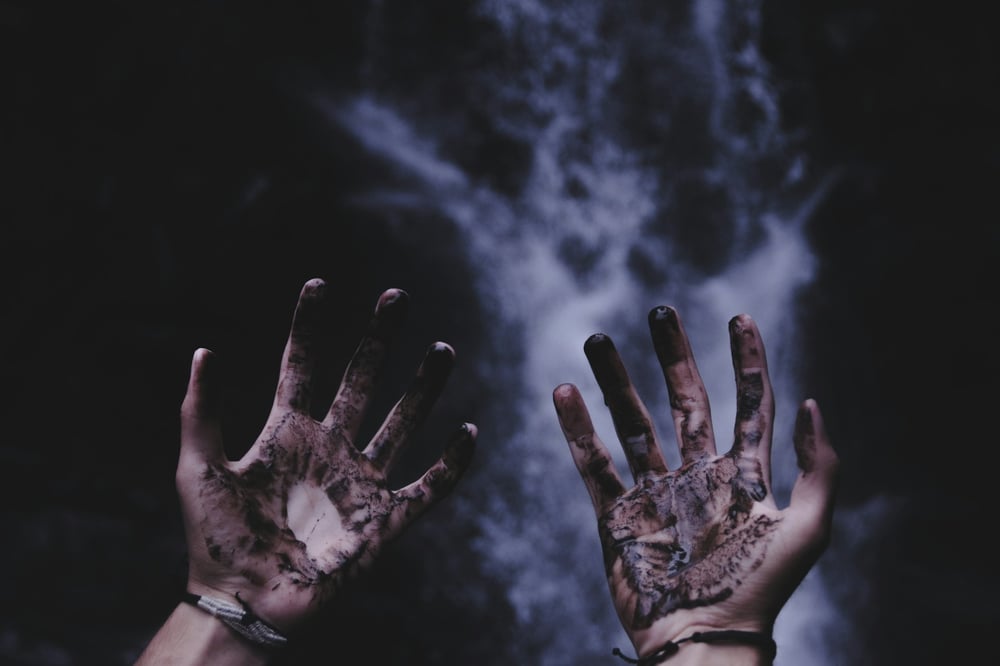The Common Person/Everyman Archetype - Everything You Need to Know

This is the twelfth article in our fifteen-part masterclass on archetypes. Learn more about archetypes in our first article.
If you want a reader to see themselves in the story, you’re going to want to know about the Common Person archetype. Also known as the Everyman, the Common Person is exactly as it sounds: a common person.
It’s Jim from down the road or Parisa from work. It’s that person you saw grocery shopping, walking their dog, dropping their kid off at school, or any one of the normal, ordinary things we do every day.
That’s because the Common Person is just that: ordinary.
And, when it comes to making a reader connect with a character, ordinary can be very powerful.
In this article, we’ll look at:
- Who the Common Person/Everyman is
- What Common Person/Everyman archetypes do
- Some common characteristics
- Examples of the Common Person in popular culture
The Common Person is just one of the character archetypes you can use in your writing. If you want to know more about archetypes and how they improve your writing, be sure to check out the first part of our archetype masterclass!
What Is The Common Person/Everyman Archetype?
There is no other archetype that can create as strong and immediate a bond as the Common Person. The entire premise of this kind of character is to represent the reader within the story.

More than anything, the Common Person tries to lead a simple life. They work hard, get along with pretty much everyone, and are content with their world. A Common Person is authentic, and that authenticity means they are immediately likable to both the reader and other characters in your story.
The Common Person just wants to fit in. They want to make connections and relish in existing relationships. With this goal in mind, the Common Person is similar to both the Lover and Jester, but whereas the Lover is a force of passion and really BIG love and the Jester hides their desire to fit in behind humor, the Common Person or Everyman easily gets along with everyone around them.
Simply put, they’re happy. In the beginning, at least.
What Does the Common Person/Everyman Archetype Do?
When including a Common Person character in your writing, you’ll likely be using them for two reasons.
First, as we established, is to make an immediate connection with the reader. Have you ever looked at a celebrity and thought they were down to earth or just like us? It makes you like them more, right? I’m looking at you, Ryan Reynolds. But it’s because Ryan Reynolds is genuine, kind, and totally like us even though he makes millions of dollars every year.
While your Common Person character doesn’t need to be a millionaire, the traits of this archetype bridge the gap between reader and character.
The other reason you’ll use a Common Person archetype is to plunge them into an unfamiliar–and likely dangerous–situations like in the Hero’s Journey story structure. Your Common Person is told something is wrong and, tragically, they are the only person who can fix it.

In a situation like this, the Common Person shows a lot of reluctance to act at first. Can you blame them? If some old guy in a wizard costume showed up at my door and told me I needed to steal from a dragon, I wouldn’t be jumping at the opportunity.
Being like you and me, the Common Person doesn’t normally have particularly helpful talents for this new situation, which is why we root for them even more. As we root for them, we see the Common Person transform over their journey, making them someone much more capable (in either a good or evil sense) than they were to begin with.
This often leads to the Common Person filling the role of a main character, usually the protagonist. They can be a secondary character, but then they likely have more “screen time” than most other secondary characters to show just how much they’re like us and how they succeed despite being normal. Conversely, they can use a just a little screen time to show us how out of their depth a regular person would be in their situation.
What Are Typical Common Person/Everyman Archetype Characteristics?
Want to know the characteristics of a Common Person? Just look in the mirror.
Now that I’ve potentially alienated a bunch of readers for the sake of a joke, let me reassure you that you are unique and have talents and expertise most Common Person archetypes would never even dream of.
When crafting your Common Person, consider using some of these typical traits from the archetype:
- Accepting
- Compassionate
- Content
- Empathetic
- Grounded
- Hard-working
- Humble
- Kind
- Relatable

For all of their great characteristics, you need to give your Common Person some flaws. Without flaws, characters are just kind of boring. Consider a few of these:
- Afraid
- Anxious
- Out of their depth
- Overwhelmed
- Powerless
- Reluctant
- Unprepared
All of these flaws provide the Common Person with a unique opportunity to grow, which is the best thing this kind of archetype can do in a story. But again, keep in mind a Common Person can go on to become a hero or a villain.
Examples Of Common Person/Everyman Archetypes in Popular Culture
The Common Person/Everyman is very popular in literature and other forms of media. In case I didn’t mention it before, it is extremely easy for the audience to connect with a Common Person, so writers make great use of them.
Here are some Common Person characters you might recognize:
Bilbo Baggins from The Hobbit is the poster child for a Common Person or Everyman. Our friend Bilbo is happy to just live his life in the Shire doing hobbit stuff (mostly eating, drinking, sleeping, and smoking). Honestly, I can’t blame him for saying no when Gandalf comes around and says Bilbo is needed to help a bunch of dwarves he has never met sneak into a dragon’s lair and steal a big gem. But he does and becomes a hero as a result.
Alice from Alice in Wonderland is also an example of a Common Person. She’s pretty darn normal, down to the fact that she falls asleep under a tree because there’s nothing better to do. Alice’s ability to be completely ordinary is used to show just how over-the-top Wonderland is (a juxtaposition, one might say, if they want to use an unnecessarily long word).
Most characters from Stranger Things are Common People. For the younger kids, their biggest defining feature is that they’re nerds. If that were a talent, I’d be the most talented person in the world. Nancy and Steve are just high school kids. Hopper is just a police chief (and a very okay one at that). Eleven is one of the only core characters that is exceptional in any way, but it’s exactly the normalcy of the main characters that makes their actions so extraordinary.
Make Your Uncommon Common Person in Dabble
You’ve read about the Common Person. You know what an Everyman is and how they think and act. You are ready, young padawan, to use the Common Person in your story… if you want.
Like all archetypes, the Common Person can be a powerful character for drawing your reader in, making them familiar with a character and, especially in the case of this archetype, making them root for your plain, ordinary soon-to-be hero.
But making a character like a Common Person isn’t easy. If you want to keep track of all your character notes–like their arc, features, goals, and flaws, and all the other details that will bring your character to life–you need a platform like Dabble. All of your character and worldbuilding notes are held in one place, just a single click away from all your writing.
And with new features being added regularly, your character may be Common, but they’ll be uniquely yours. If you haven’t tried Dabble yet, just click here to try it out for fourteen days, no credit card required.
Happy writing!









